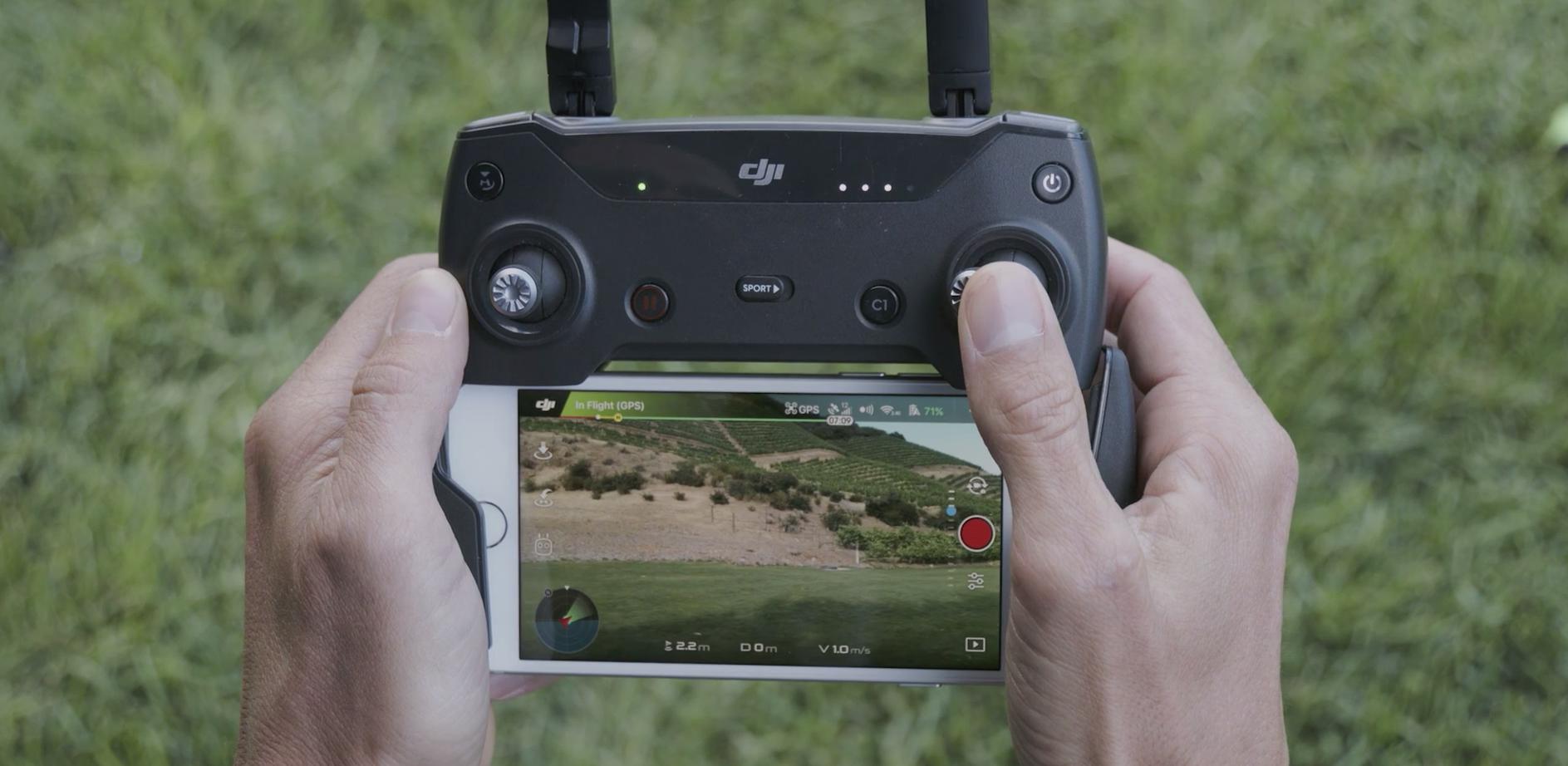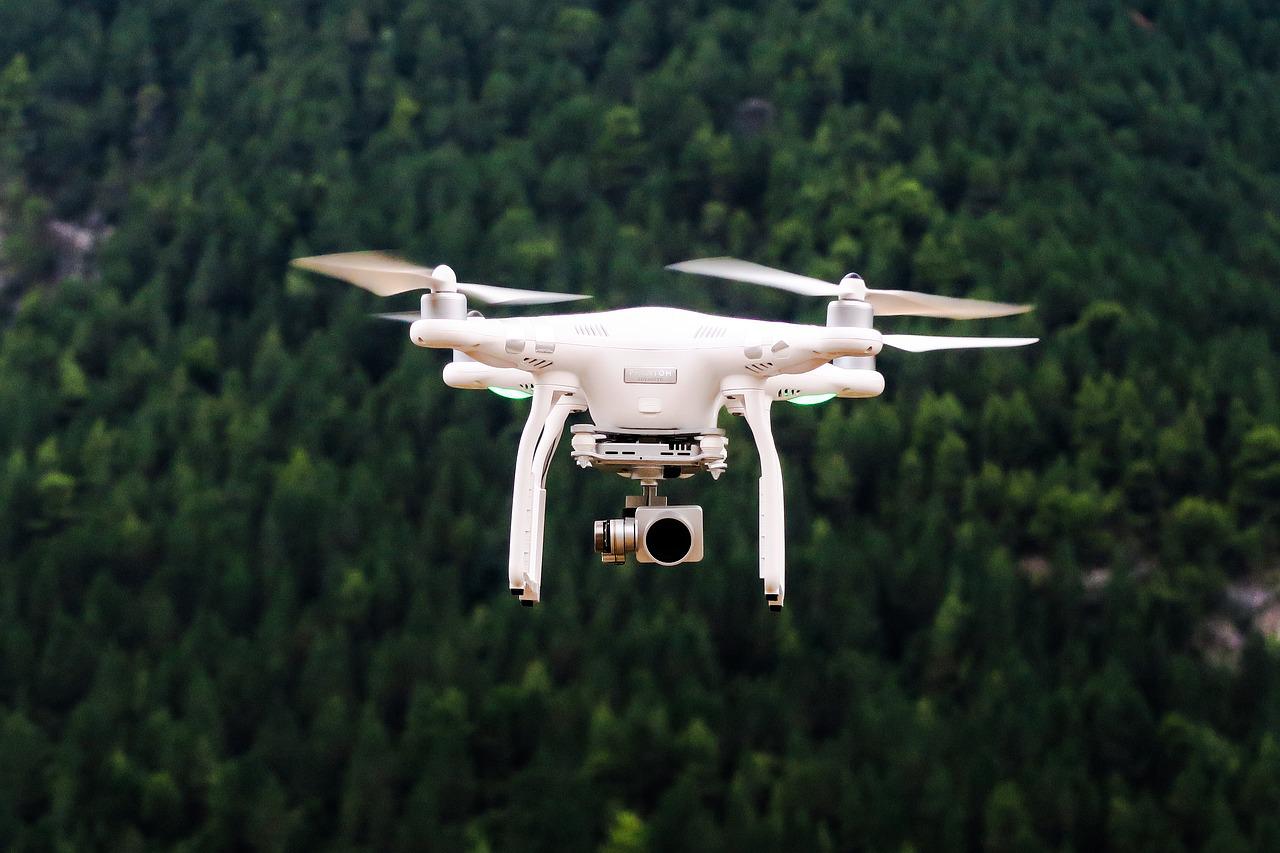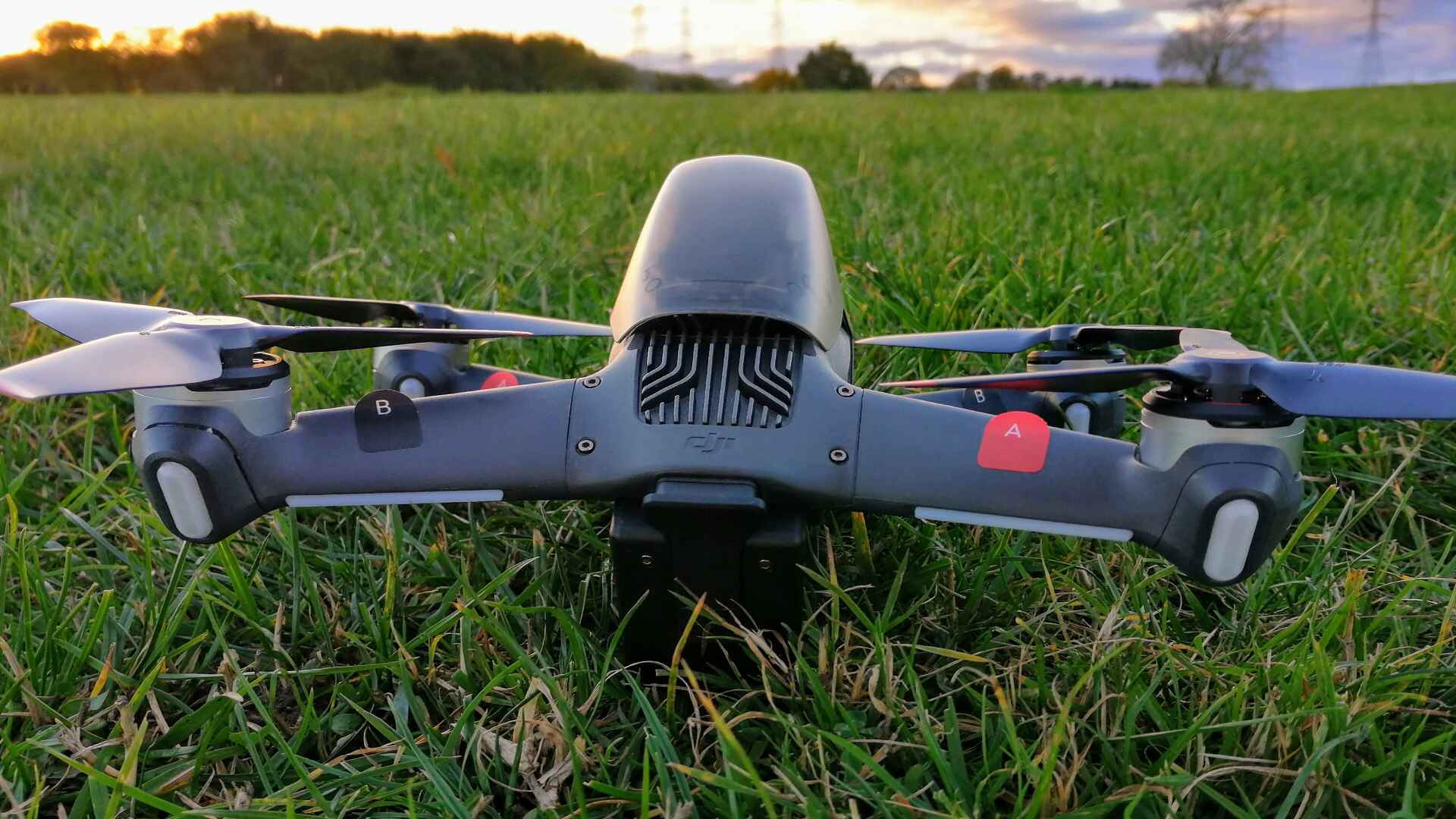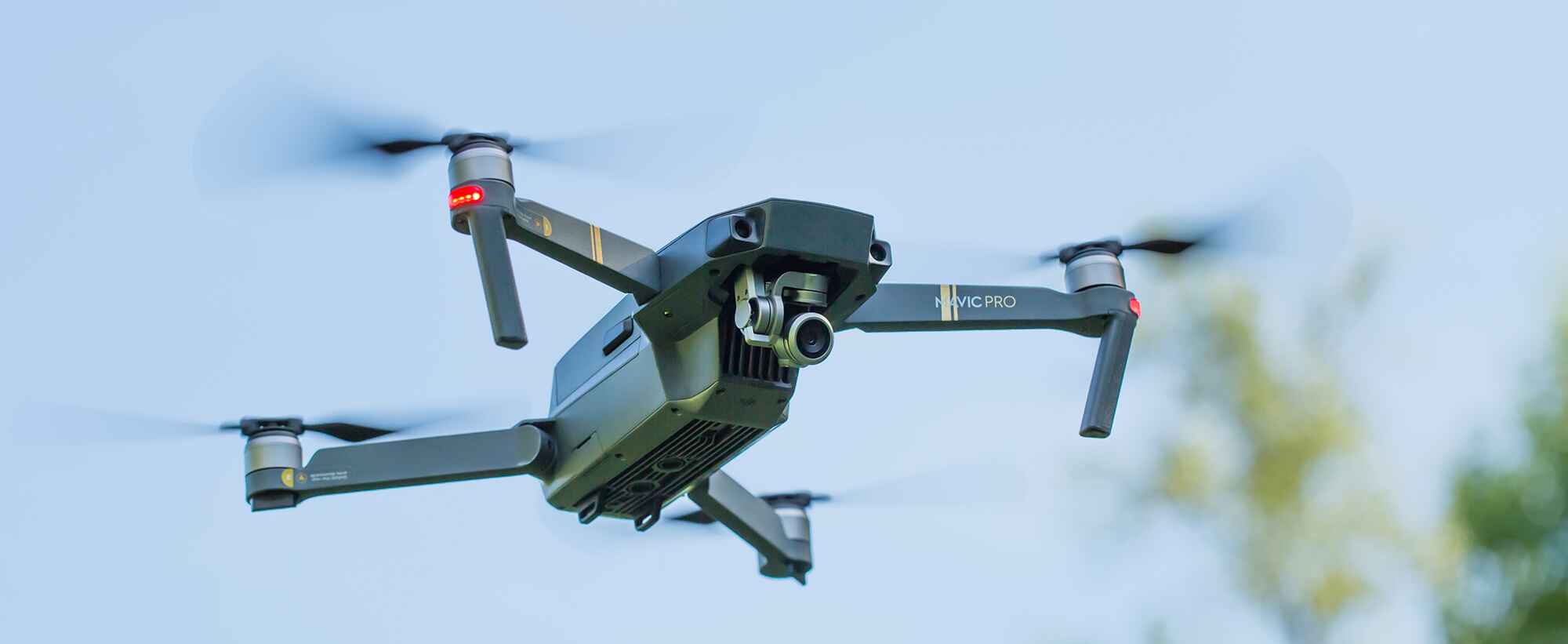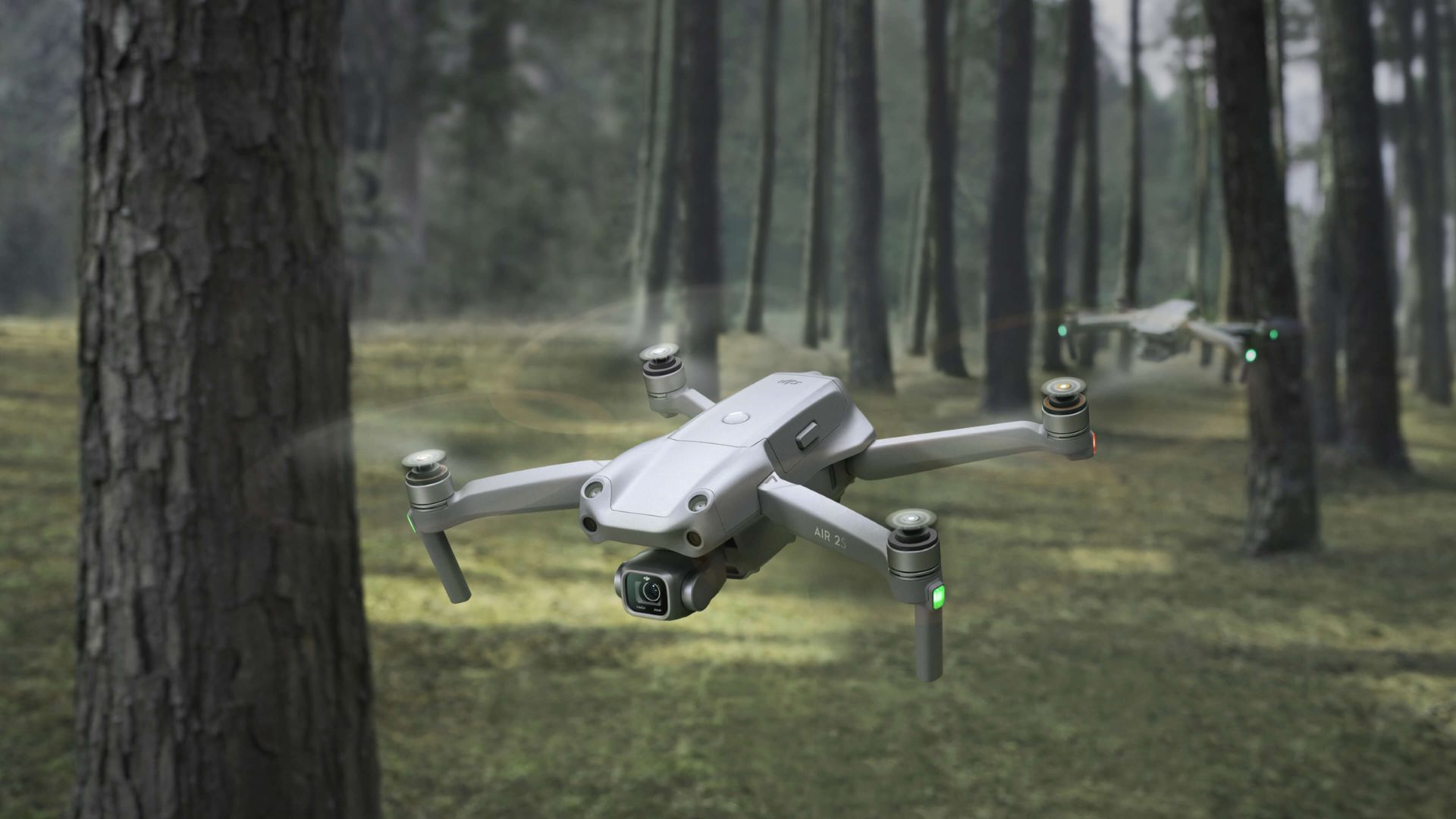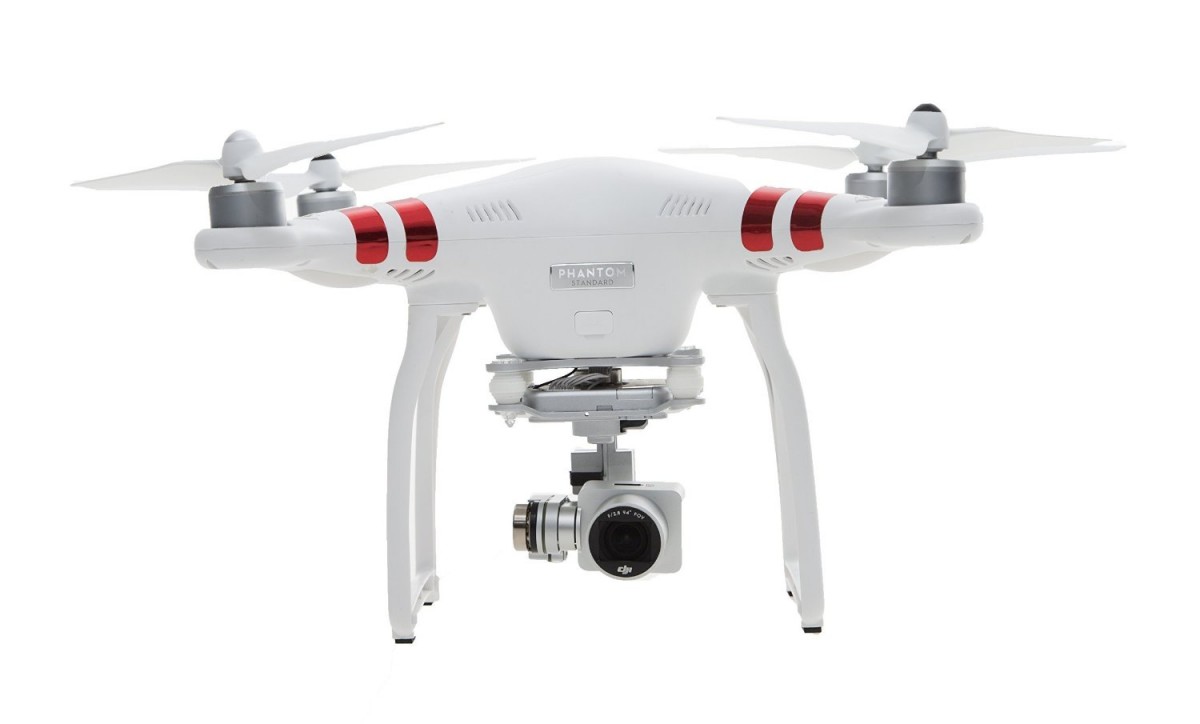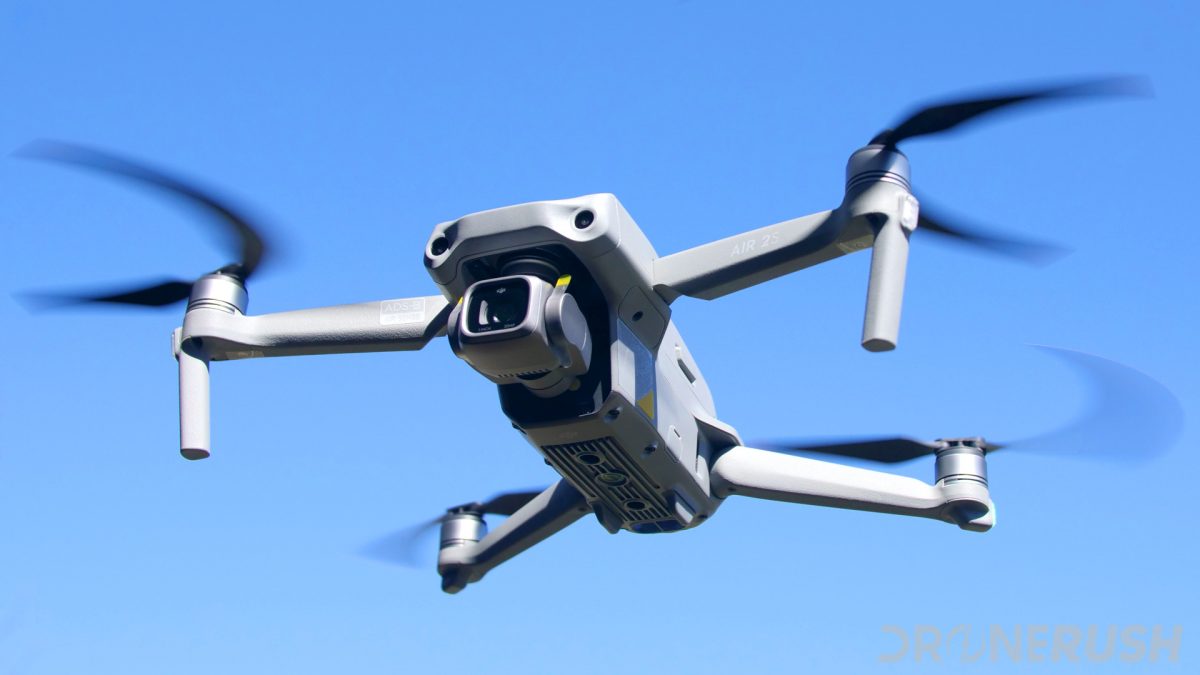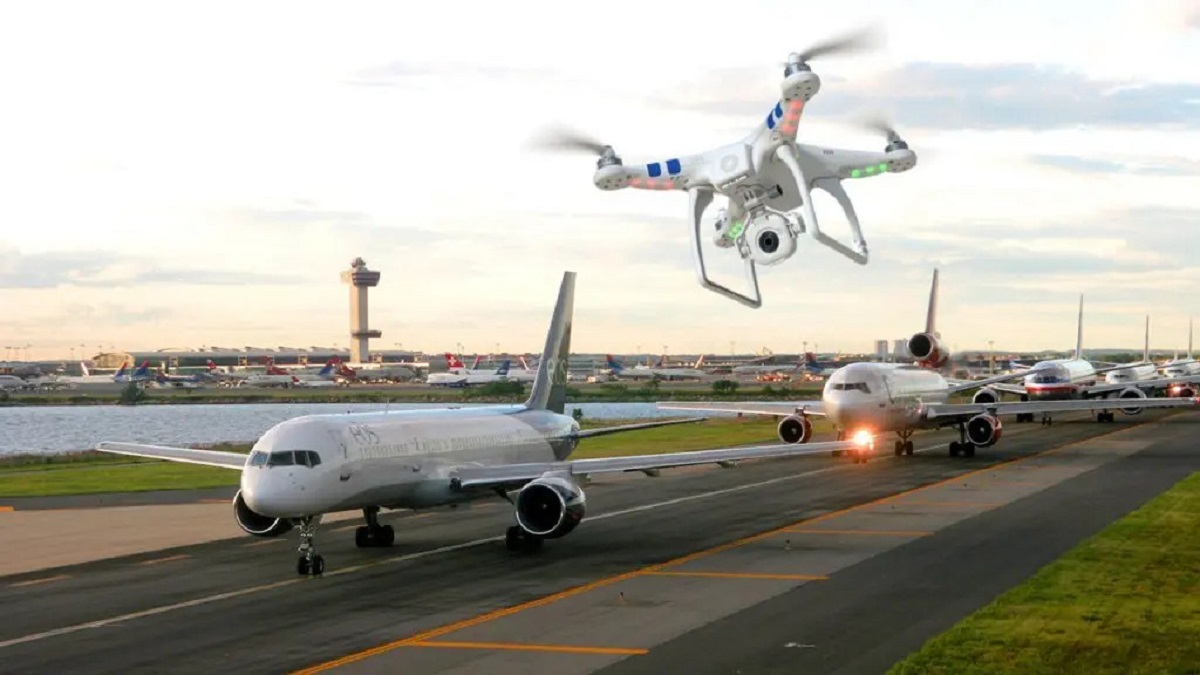Introduction
Modern technology has brought us incredible innovations, and one of the most prominent in recent years is the drone. These unmanned aerial vehicles (UAVs) have revolutionized various industries, from aerial photography and videography to delivery services and even search and rescue operations.
One crucial factor that determines the capabilities of a drone is its range, or how far it can fly from the controller. The range of a drone is not only influenced by the drone itself, but also by external factors and regulatory restrictions. Understanding the factors affecting drone range and how to maximize it is essential for drone enthusiasts and professionals alike.
In this article, we will explore the various factors that affect the range of a drone and provide tips on how to maximize its distance. We will also discuss the importance of the remote controller, the line-of-sight restriction, and the use of drone range extenders. Additionally, we will touch upon the legal considerations to keep in mind when planning long-range drone flights.
So, if you are curious about how far a drone can fly from the controller and want to learn how to push the limits of your drone’s range, read on!
Factors Affecting Drone Range
Several factors come into play when determining the range of a drone. It is crucial to understand these factors to optimize the distance your drone can travel. Here are the key elements that affect drone range:
- Battery Life: The battery life of your drone is a fundamental factor in determining its range. Drones with longer-lasting batteries can fly for extended periods, allowing them to cover more distance. It’s essential to choose a drone with a battery that suits your needs and consider having spare batteries on hand for longer flights.
- Signal Interference: Signal interference can significantly impact the range of a drone. Any obstacles between the drone and the controller, such as buildings, trees, or other large structures, can obstruct the signal and limit the range. Additionally, electronic devices nearby, such as Wi-Fi routers or power lines, can interfere with the drone’s signal. Selecting an open location with minimal interference is crucial for maximizing range.
- Drone Model: Different drone models have varying capabilities when it comes to range. Some drones are designed for short-range flights, while others are built to cover more significant distances. It’s important to consider the specifications and range capabilities of the drone you are interested in before making your purchase.
- Weather Conditions: Weather conditions can have a significant impact on drone range. Strong winds can make it challenging for a drone to maintain stability and can quickly drain its battery life. Rain and snow can also affect the performance of the drone and limit its range. Always check the weather forecast and avoid flying your drone in adverse conditions.
- Altitude: The altitude at which you are flying the drone can affect its range. Drones can typically fly higher and cover more distance when flying at higher altitudes. However, it’s important to keep in mind that regulations often restrict how high you can fly your drone, so be sure to abide by any altitude limitations set by local authorities.
By considering these factors and taking appropriate measures, you can optimize your drone’s range and ensure a successful flight experience. In the next section, we will discuss the role of the remote controller in controlling and maintaining the range of your drone.
The Role of Remote Controller
The remote controller plays a crucial role in controlling and maintaining the range of your drone. It serves as the primary communication link between you and your drone, enabling you to navigate and control its movements. Understanding the features and capabilities of the remote controller is essential for maximizing the range of your drone.
Here are some key aspects of the remote controller that influence drone range:
- Transmitter Power: The transmitter power of the remote controller determines how far it can communicate with the drone. Higher transmitter power typically results in a stronger signal and greater range. When choosing a drone, consider a remote controller with sufficient transmitter power to match the range capabilities of the drone itself.
- Antenna Quality: The quality of the remote controller’s antenna is another critical factor. Antennas with higher gain allow for better signal reception and transmission, which can extend the range of your drone. Upgrading to a higher-quality antenna can significantly improve the range of your remote controller.
- Frequency and Interference: Remote controllers operate on specific frequencies, such as 2.4 GHz or 5.8 GHz. Understanding the frequency your controller uses is important, as it can be affected by interference from other devices operating on the same frequency band. Selecting a remote controller with a frequency that is less prone to interference can help maintain a stable connection and extend the range of your drone.
- Controller Position and Orientation: The position and orientation of the remote controller can affect the signal strength and, subsequently, the range of your drone. It’s crucial to hold the controller in an optimal position, avoiding obstructions, to maintain a clear line of sight between the controller and the drone. Holding the remote controller high and above any potential obstacles can help improve the range.
By understanding the functioning of the remote controller and taking appropriate measures to optimize its performance, you can maximize the range of your drone. However, it’s important to note that there are legal restrictions and considerations when it comes to long-range drone flights, which we will discuss in the next section.
Line-of-Sight Restriction
One crucial factor that affects the range of your drone is the line-of-sight restriction. Line-of-sight refers to the direct visual connection between the operator and the drone. Many countries and regions have regulations in place that require drone operators to keep their drones within their visual line of sight during flights.
The line-of-sight restriction is imposed for various reasons, including safety and the ability to maintain control over the drone. When the drone is within the operator’s line of sight, they can effectively monitor its movements, detect any potential obstacles or hazards, and react accordingly. This helps ensure the safety of both the drone and any individuals in the surrounding area.
While line-of-sight restrictions may limit the range of your drone, they are in place to prevent accidents and promote responsible drone operation. Flying beyond the visual line of sight can increase the risk of collisions with other aircraft, buildings, or pedestrians. It also makes it more challenging to assess potential hazards and maintain control over the drone.
In some cases, with proper authorization and permits, exemptions can be obtained to perform long-range drone flights that go beyond the visual line of sight. These exemptions usually require additional safety measures, such as the use of spotters or advanced telemetry systems, to ensure safe operation.
It’s important to familiarize yourself with the specific regulations and line-of-sight restrictions in your area before planning any drone flights. Always prioritize safety and adhere to the guidelines set forth by local authorities to avoid any legal issues or accidents.
Now that we’ve discussed the line-of-sight restriction, let’s explore how drone range extenders can help increase the distance your drone can cover in the next section.
Drone Range Extenders
For those seeking to extend the range of their drones beyond the standard capabilities, drone range extenders can be a valuable tool. These devices help amplify the signal between the remote controller and the drone, allowing for increased range and improved signal strength.
Drone range extenders typically work by attaching to the drone’s antennas or the remote controller, enhancing the signal transmission and reception. They come in various forms, including signal boosters, antenna amplifiers, and Wi-Fi repeaters. These devices can significantly improve the range of your drone, allowing you to fly it at greater distances without losing signal or control.
When considering a drone range extender, there are a few factors to keep in mind:
- Compatibility: Ensure that the range extender is compatible with your specific drone model and remote controller. Different drones may have varying antenna connectors or specific requirements, so it’s essential to choose a range extender that is compatible with your equipment.
- Signal Range: Consider the advertised signal range of the range extender. Look for devices that offer a significant range extension to make the most of your drone’s capabilities. Keep in mind that the actual range achieved may vary depending on environmental factors, interference, and other limitations.
- Ease of Installation: Look for range extenders that are easy to install and use. Ideally, they should be designed to fit seamlessly onto your drone or remote controller without requiring complex modifications or additional tools.
- Reliability: Read reviews and gather information about the reliability and performance of the range extender. Look for devices that have a track record of maintaining a stable signal connection and are known for their durability and longevity.
Drone range extenders can provide a substantial boost to your drone’s range, but it’s important to use them responsibly and within the legal limits. Always ensure that your extended range flights comply with local regulations and safety guidelines to avoid any complications.
Next, we will discuss the legal considerations you need to be aware of when planning long-range drone flights.
Legal Considerations for Long-Range Drone Flights
Before embarking on long-range drone flights, it is vital to familiarize yourself with the legal considerations and regulations in your country or region. Drone regulations vary from place to place, so it’s crucial to understand the rules and obtain any necessary permits or authorizations before attempting a long-range flight.
Here are some key legal considerations to keep in mind:
- Flight Authorization: In many countries, long-range drone flights require specific authorization or permits. This is particularly true for flights that go beyond the visual line of sight or operate in restricted airspace. Check with your local aviation authority or regulatory body to understand the process for obtaining flight authorization for long-range flights.
- Restricted Airspace: Certain areas, such as airports, military installations, or national parks, have restricted airspace where drone flights are prohibited or heavily regulated. It is crucial to respect these restrictions and avoid flying your drone in these prohibited zones.
- Privacy and Data Protection: Ensure that you comply with privacy laws and respect the privacy of individuals when flying your drone. Avoid capturing or transmitting any personal or sensitive information without consent. Be mindful of the privacy rights of others and maintain a responsible approach to drone operation.
- Safety Guidelines: Always prioritize safety when planning and conducting long-range drone flights. Follow safety guidelines, such as maintaining a safe distance from people, property, and aircraft. Be aware of weather conditions, fly within your skill level, and have an emergency plan in place in case of any unforeseen circumstances.
By adhering to these legal considerations and operating within the confines of the law, you can enjoy long-range drone flights responsibly and safely. Remember that violations of drone regulations can lead to legal consequences and potential harm to others.
Now that we’ve covered the legal considerations, let’s move on to some practical tips to help you maximize the range of your drone in the next section.
Tips to Maximize Drone Range
If you’re looking to maximize the range of your drone, there are several tips and tricks you can utilize to achieve optimal performance. Here are some helpful tips to extend your drone’s range:
- Choose an Open Location: Flying in an open location with minimal signal interference can significantly enhance your drone’s range. Avoid flying near buildings, trees, or other structures that can obstruct the signal between the drone and the remote controller.
- Keep Your Drone Updated: Manufacturers often release firmware updates for drones, which can improve their performance and range. Regularly check for updates and ensure that your drone’s firmware is up to date to take advantage of any enhancements.
- Optimize Antenna Position: Properly orienting the antennas on both the drone and the remote controller can help optimize the signal strength and range. Ensure that the antennas are fully extended and positioned correctly to achieve the best signal reception and transmission.
- Fly at Higher Altitudes: Flying your drone at higher altitudes can increase its range since there are often fewer obstructions and less interference. However, always abide by local regulations and altitude restrictions set by authorities.
- Upgrade to a High-Gain Antenna: Consider upgrading the antennas on your drone and remote controller to high-gain antennas. These antennas provide better signal reception and transmission, resulting in an extended range for your drone.
- Monitor Battery Life: Ensure that your drone’s batteries are fully charged and in good condition before flying. Low battery levels can affect the range and overall performance of your drone. Consider carrying spare batteries to extend your flight time and range.
- Fly in Favorable Weather Conditions: Weather conditions can impact your drone’s range, stability, and battery life. Aim to fly in calm weather with minimal wind and avoid flying in rainy or stormy conditions.
- Practice Smooth and Efficient Flying: Fly your drone smoothly and efficiently to conserve battery power and maximize range. Avoid aggressive maneuvers, unnecessary acceleration, or sudden deceleration, as these actions can rapidly drain the drone’s battery.
Remember to always fly responsibly, follow local regulations, and prioritize safety when attempting to maximize your drone’s range. By implementing these tips and taking the necessary precautions, you can enhance your flight experience and explore longer distances with your drone.
Now that we’ve explored various tips to maximize drone range, let’s conclude our discussion.
Conclusion
As technology continues to advance, drones have become an integral part of various industries and recreational activities. Understanding the factors that affect drone range and implementing strategies to maximize it is crucial for drone enthusiasts and professionals alike.
In this article, we explored the key factors that influence drone range, including battery life, signal interference, drone model, weather conditions, and altitude. We also discussed the importance of the remote controller and how it plays a vital role in controlling and maintaining the range of your drone.
Moreover, we touched upon the line-of-sight restriction imposed by regulations, which requires drone operators to keep their drones within their visual line of sight during flights. Compliance with these regulations ensures the safety of the drone and those around it.
We also discussed how drone range extenders can provide a significant boost to the range of drones by amplifying the signal between the remote controller and the drone.
Furthermore, we emphasized the importance of being aware of and adhering to the legal considerations and regulations when planning long-range drone flights. Respecting privacy, obtaining necessary authorizations, and adhering to safety guidelines are essential aspects of responsible drone operation.
Lastly, we provided useful tips to maximize drone range, including choosing open locations, optimizing antenna position, keeping the drone updated, flying at higher altitudes, and practicing smooth flying techniques.
By considering these factors, adhering to regulations, and implementing the tips mentioned, you can pave the way for successful and extended drone flights. Always prioritize safety, responsible operation, and adherence to local regulations.
So go ahead, explore the skies, and push the limits of your drone’s range while enjoying the captivating and versatile world of drone flight!







